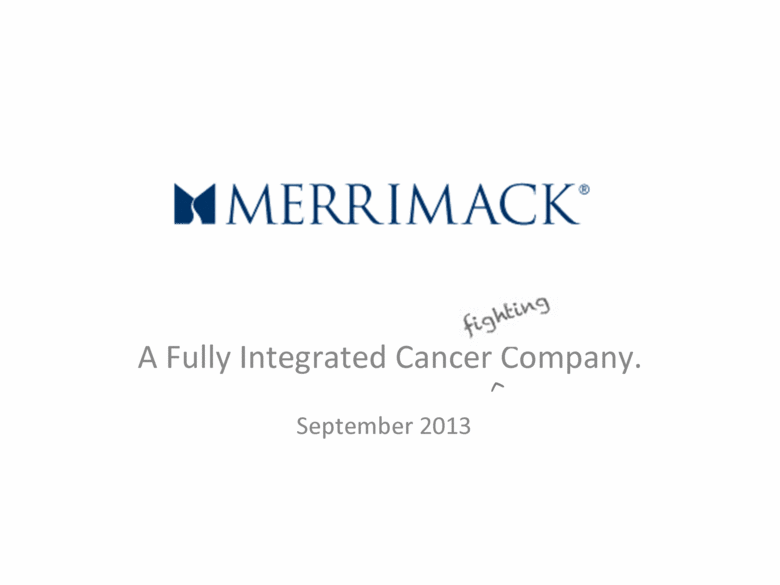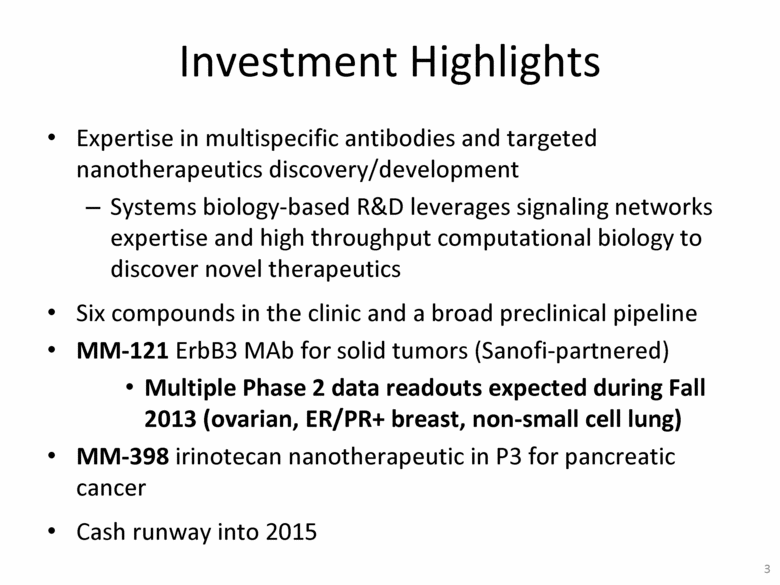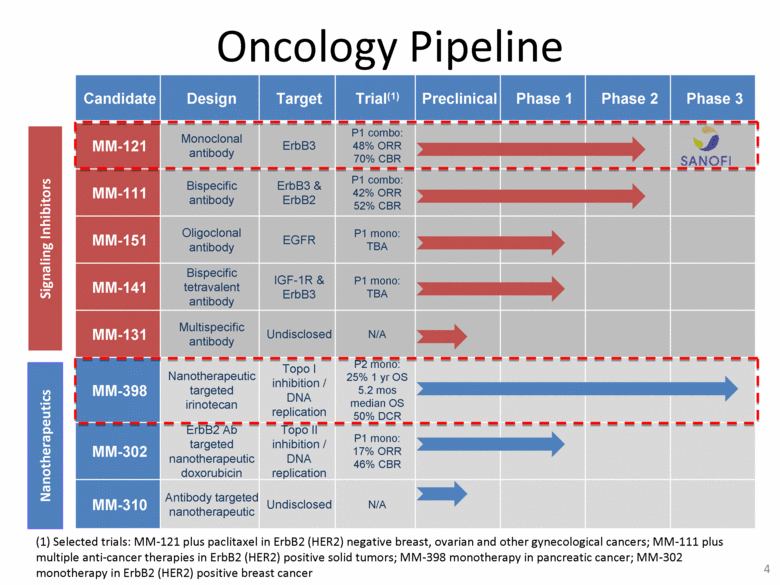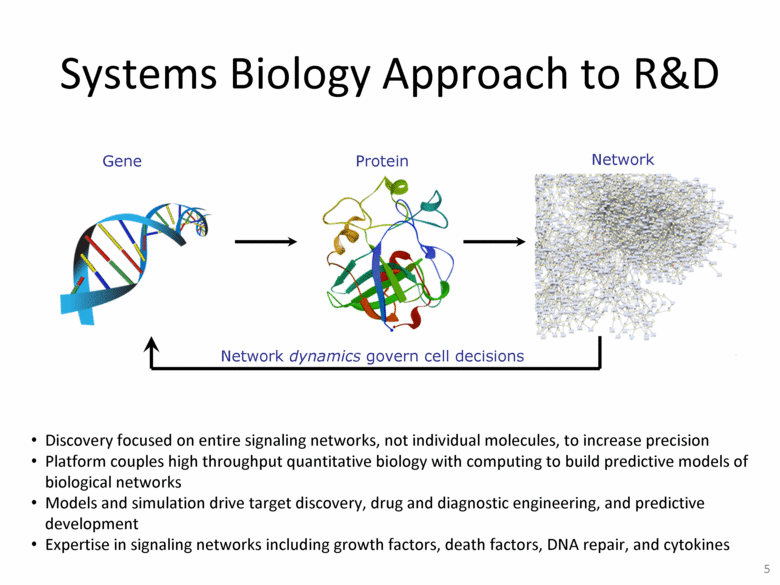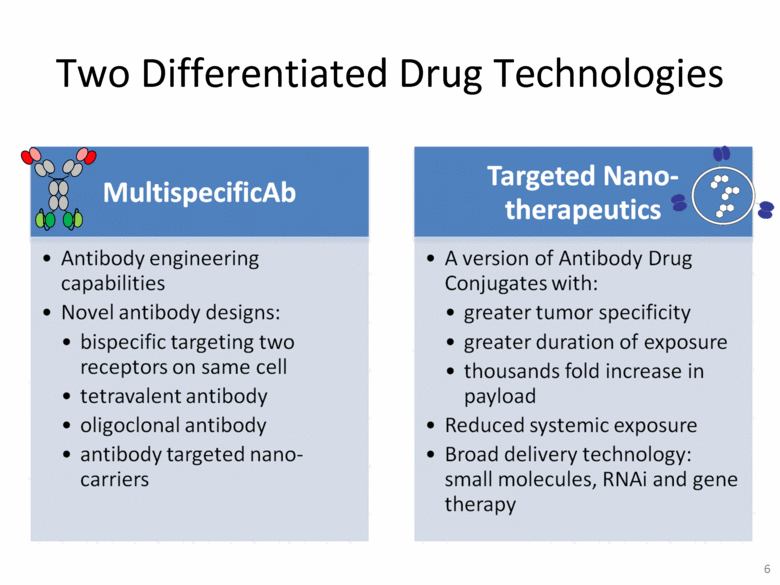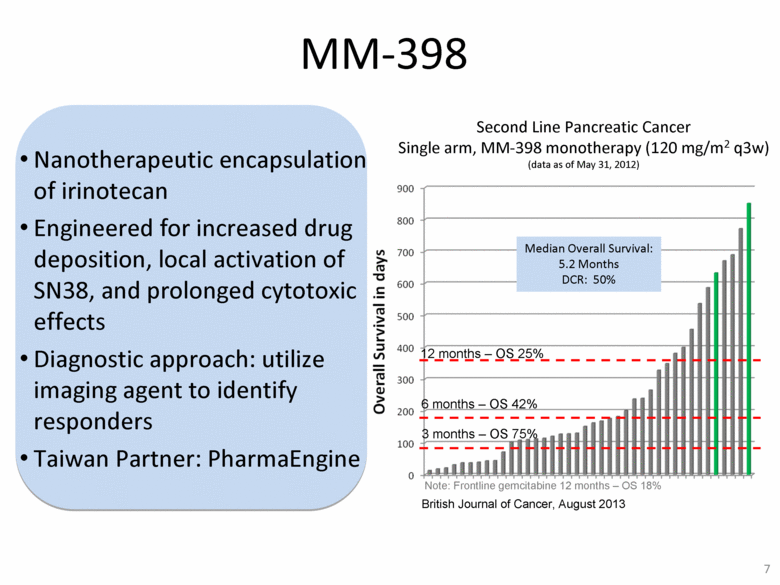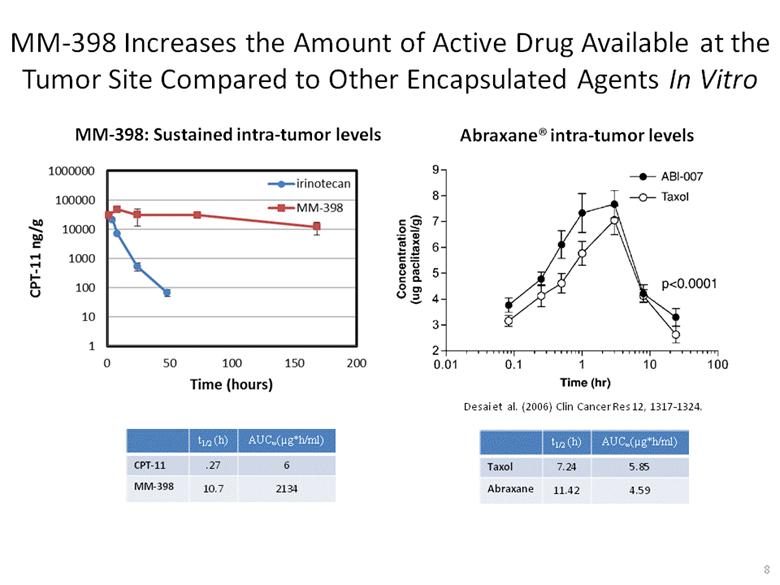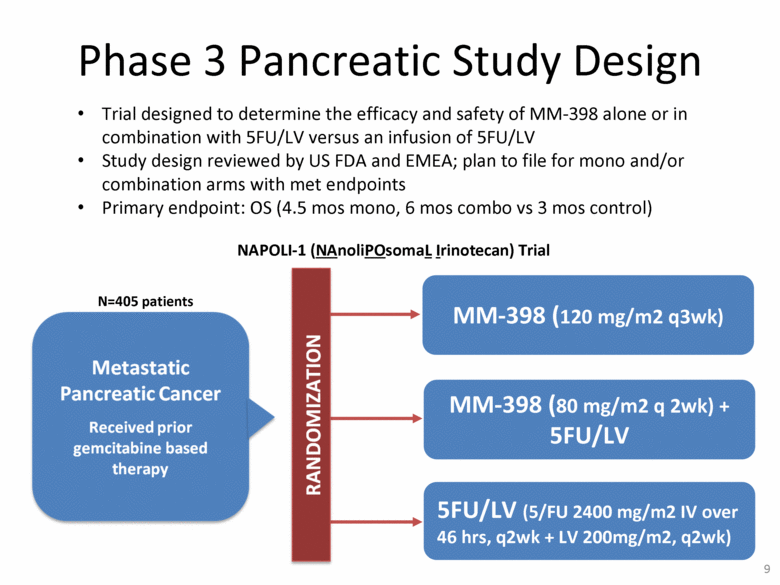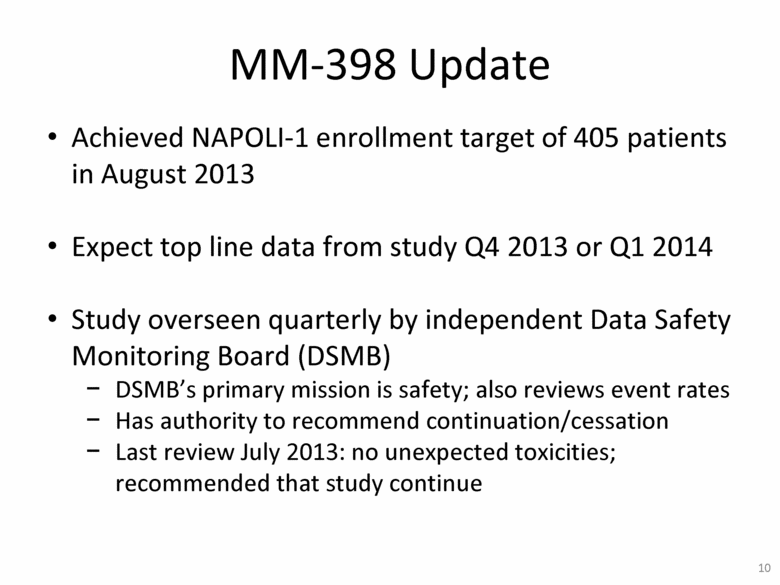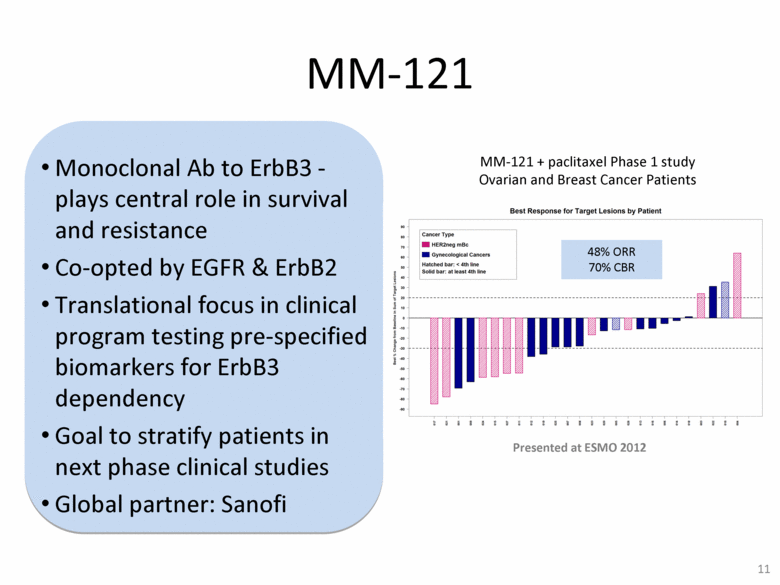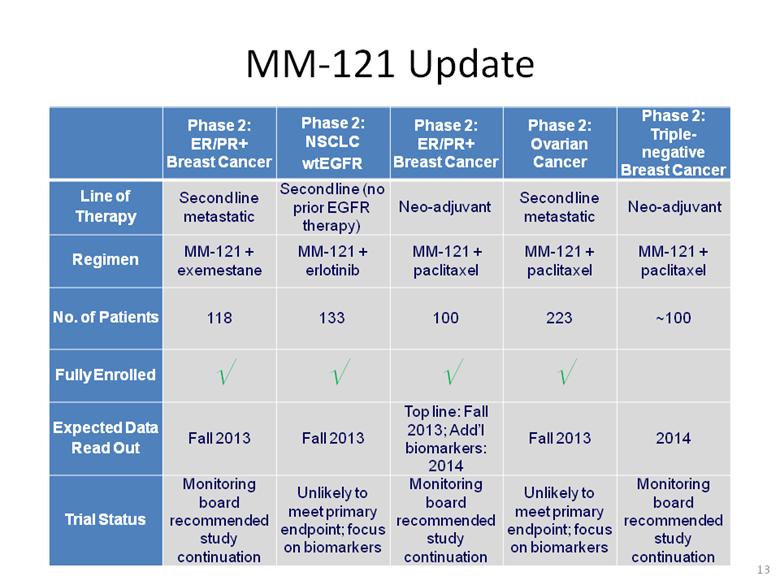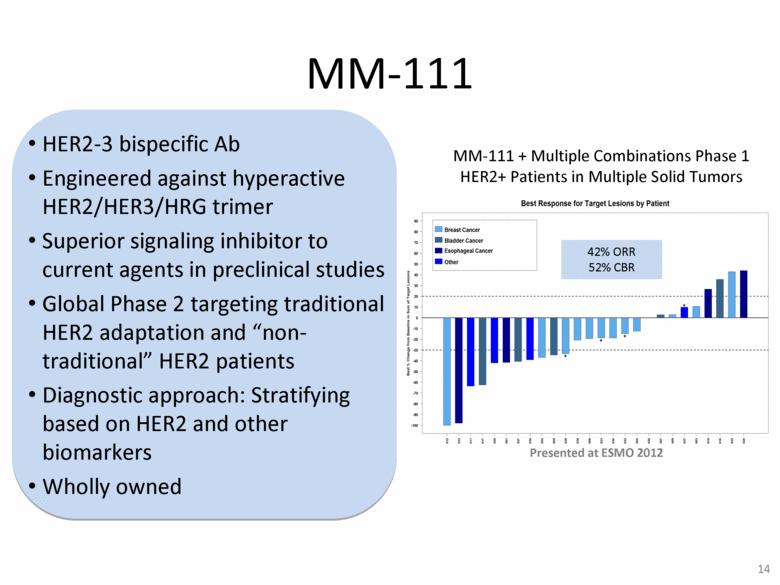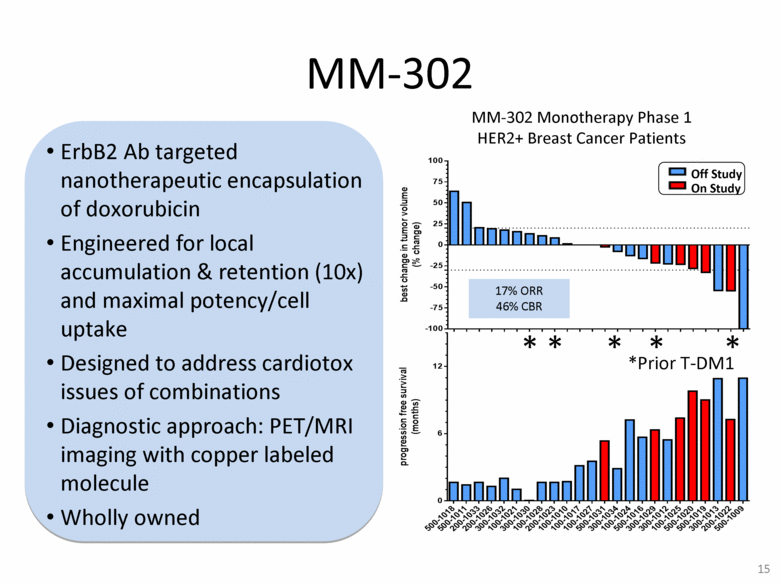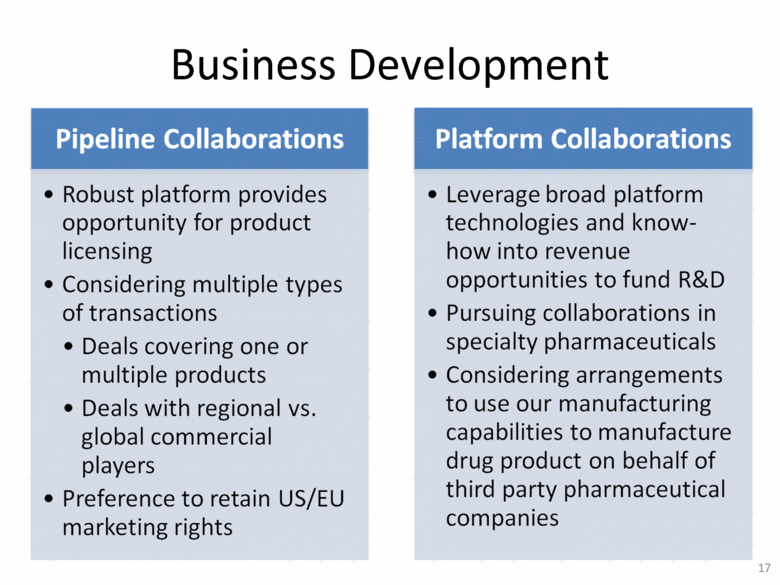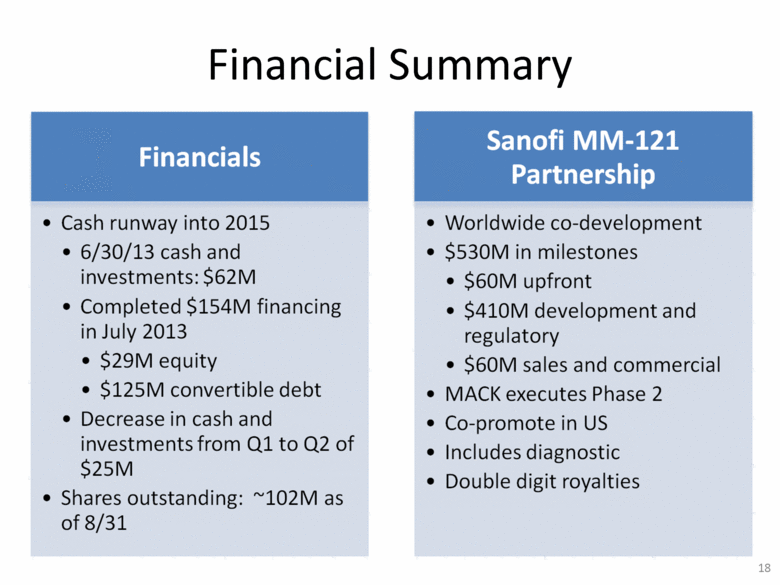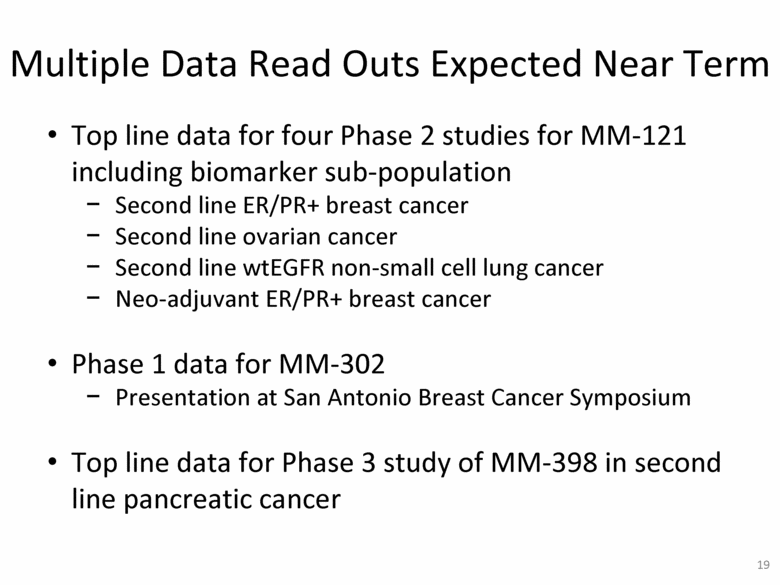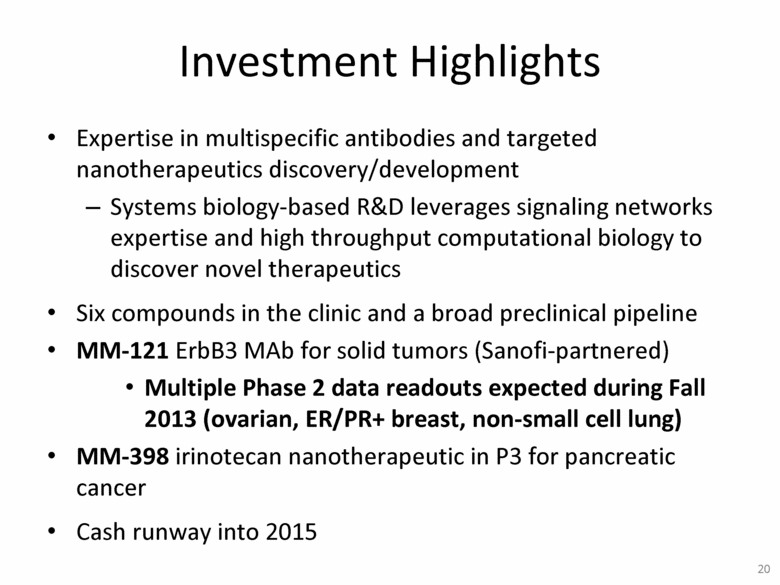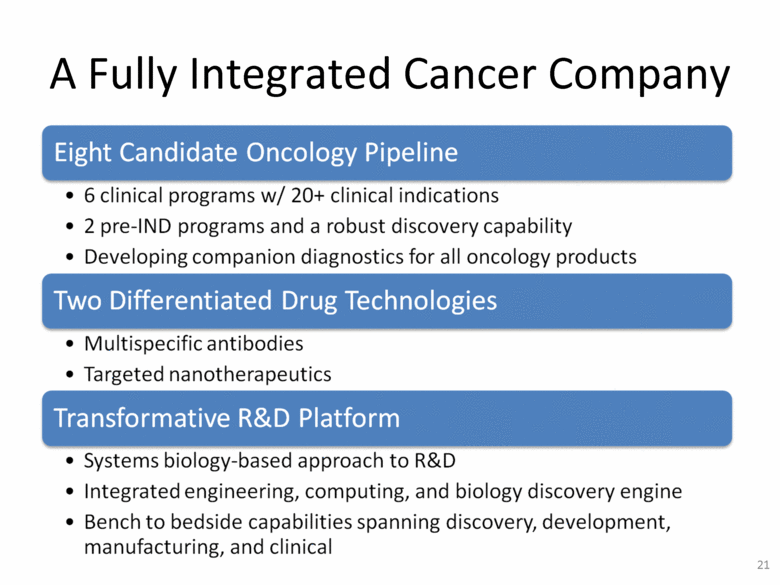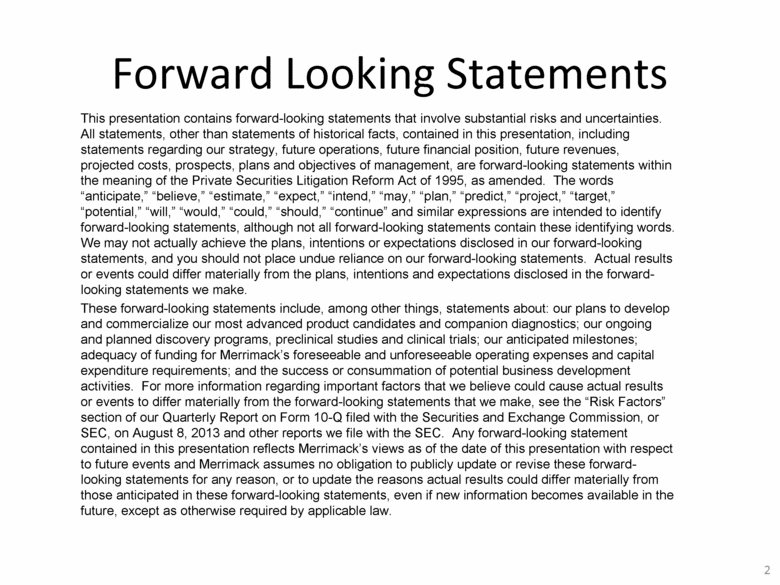
| Forward Looking Statements This presentation contains forward-looking statements that involve substantial risks and uncertainties. All statements, other than statements of historical facts, contained in this presentation, including statements regarding our strategy, future operations, future financial position, future revenues, projected costs, prospects, plans and objectives of management, are forward-looking statements within the meaning of the Private Securities Litigation Reform Act of 1995, as amended. The words “anticipate,” “believe,” “estimate,” “expect,” “intend,” “may,” “plan,” “predict,” “project,” “target,” “potential,” “will,” “would,” “could,” “should,” “continue” and similar expressions are intended to identify forward-looking statements, although not all forward-looking statements contain these identifying words. We may not actually achieve the plans, intentions or expectations disclosed in our forward-looking statements, and you should not place undue reliance on our forward-looking statements. Actual results or events could differ materially from the plans, intentions and expectations disclosed in the forward-looking statements we make. These forward-looking statements include, among other things, statements about: our plans to develop and commercialize our most advanced product candidates and companion diagnostics; our ongoing and planned discovery programs, preclinical studies and clinical trials; our anticipated milestones; adequacy of funding for Merrimack’s foreseeable and unforeseeable operating expenses and capital expenditure requirements; and the success or consummation of potential business development activities. For more information regarding important factors that we believe could cause actual results or events to differ materially from the forward-looking statements that we make, see the “Risk Factors” section of our Quarterly Report on Form 10-Q filed with the Securities and Exchange Commission, or SEC, on August 8, 2013 and other reports we file with the SEC. Any forward-looking statement contained in this presentation reflects Merrimack’s views as of the date of this presentation with respect to future events and Merrimack assumes no obligation to publicly update or revise these forward-looking statements for any reason, or to update the reasons actual results could differ materially from those anticipated in these forward-looking statements, even if new information becomes available in the future, except as otherwise required by applicable law. 2 |
